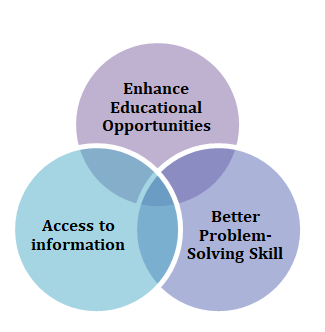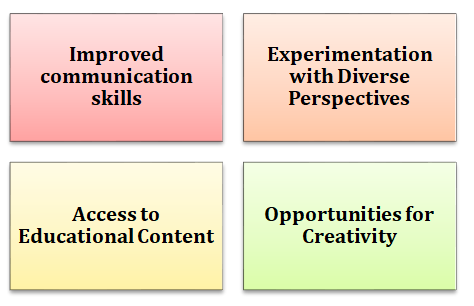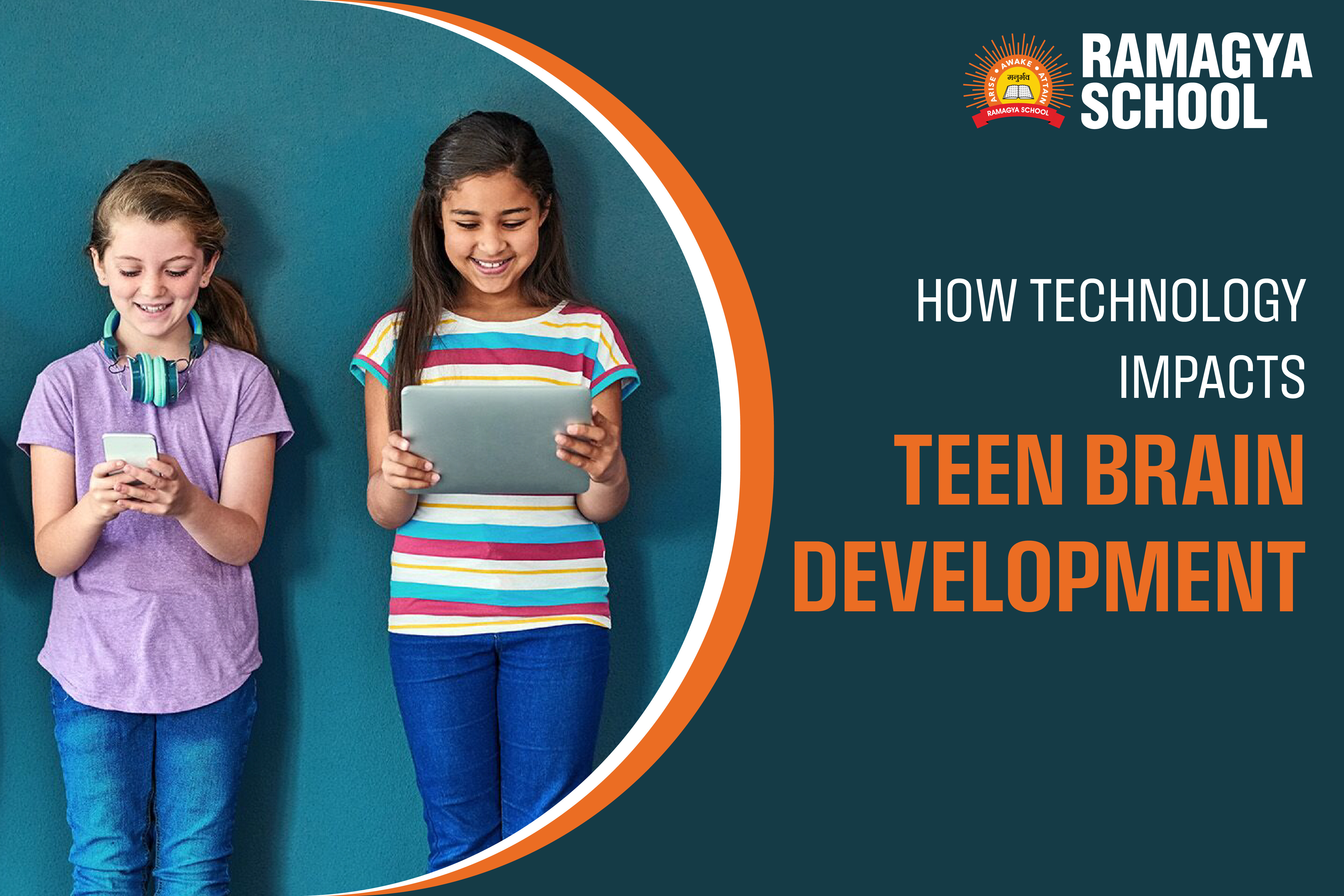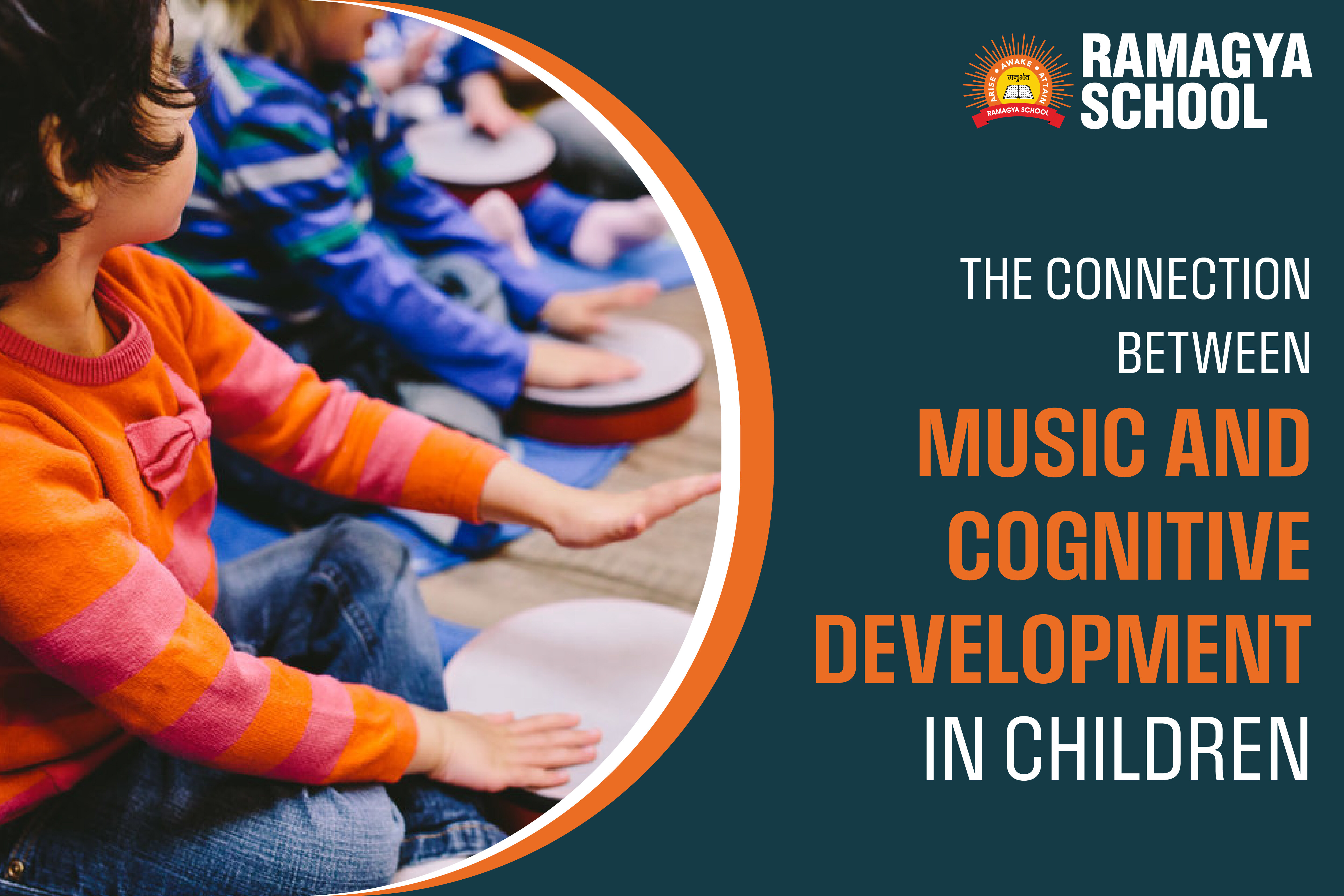Today, technology is a necessity in our lives particularly for teenagers who have grown up in a culture where technology is as ubiquitous as breakfast. Teenagers are constantly exposed to technological devices including gaming consoles and laptops to smartphones and tablets. These devices can provide amazing opportunities to learn and have fun however, there are concerns regarding their impact on brain development due to the increasing duration of the time at the computer.
This blog examines the impact of technology on teenagers’ brain development, taking into account the advantages and drawbacks of screen use.
The Teenage Brain: A Work in Progress
Before examining the impacts of technological advancements, it’s crucial to recognize that the teenage brain is still a work-in-progress. Adolescence is an essential phase that determines the brain’s development. The brain undergoes profound changes throughout this period specifically in the areas relating to impulse control, decision-making as well as social interactions.
The prefrontal cortex that is responsible for reasoning, planning, and self-control is one of the areas that is slow to develop. Teenagers who are spending more screen time are more inclined to take risks in their behavior and have a heightened sensitivity to rewards.
Technology and Cognitive Development
Positive Impacts

- Enhance Educational Opportunities: Technologies have changed the way teenagers learn. Online courses, educational apps and online resources allow students to gain access to information and progress at their own speed. Interactive tools enhance learning and make it more enjoyable, and can improve understanding and memory. Time spent on screen spent on educational content could help with cognitive development.
- Better Problem-Solving Skill: A lot of games and apps in video require an enlightened approach to problem-solving and strategic thinking. These activities help to develop critical thinking skills and enhance the cognitive flexibility of a child. Video games for teens typically need to think quickly and adapt to changing situations, and take decisions under pressure. This can lead to improved solving skills in real-world situations.
- Access to information: The internet supplies teens with a wealth of information about any subject you can think of. This can inspire interest and inspire the pursuit of knowledge on their own. Being capable of researching and finding information quickly is an essential capability in today’s society. But, managing screen time with productive use is vital.
Negative Impacts
- Reduced Attention Span: The constant influx of information and data from electronic devices can cause smaller attention spans. Teens are accustomed to instant gratification and rapid access to information. This makes it challenging to concentrate on tasks that require constant focus. Screen time is often a factor that can contribute to the problem.
- Lower Memory Retention: Depending heavily on computers and other devices to retrieve information can affect the retention of memories. If teens are aware that they can search for information quickly, they might not take the time to recall it and this can impact their capacity to remember information in the long run. This is a problem as more screen time is devoted to passive use.
- Multitasking and Distraction: Technology is an important factor in distracting teens. Teens frequently multitask by switching between homework, social media and other pursuits. This can result in lower productivity and stress. Research has shown that multitasking can affect cognitive performance and lead to mistakes, particularly when prolonged screen time is involved.
Impact of Social Media:
Positive Impact

- Improved communication skills: The impact of social media on children’s communicating skills is positive, since platforms permit children to engage with other users through messages, comments and even posts. This type of interaction can help develop language and encourages social interaction.
- Experimentation with Diverse Perspectives: A major benefit of social media’s impact is the opportunity it offers to different perspectives, cultures and points of view. The exposure helps children develop a greater perception of the world, and encourages empathy and tolerance.
- Access to Educational Content: The impact of social media in the field of education is evident, with a variety of platforms providing educational content, such as documentaries, tutorials and opportunities for interactive learning. These tools can boost cognitive development and increase curiosity.
- Opportunities for Creativity: Social media platforms such as Instagram and TikTok inspire children to make and share content, allowing for expression through self-expression. Social media’s impact stimulates creativity via videos as well as art and storytelling.
Negative Impact
- Decreased Attention Span: A negative impact of social media can be that it contributes to lower attention spans. The speed at which content is produced can lead to children becoming accustomed to rapid and easy to digest information.
- Risk of Cyberbullying: Being bullied is another adverse impact of social media platforms is the threat of cyberbullying. Children are subjected to negative remarks and threats, which could be detrimental to their emotional and mental well-being.
- Social Comparison and Low Self-Esteem: Constant exposure to idealized images and lifestyles can lead kids to compare themselves to others, potentially resulting in feelings of inadequacy and low self-esteem.
- Security and Privacy Concerns: One of the major ramifications of social media is privacy and security issues. Kids might not understand the consequences of sharing personal data online, leading to privacy concerns and exposure to inappropriate content and online predators.
Finding a Balance
Technology is able to affect the brain development of teenagers in both ways. It is important to find the right balance. Here are some suggestions to control the use of technology:
- Set Boundaries: Inspire teenagers to set limits on their time on the computer. The establishment of tech-free zones or times like during meals or before bed will help to reduce the use of technology.
- Promote Healthy Habits: Inspire teens to take part in activities that require physical activity, hobbies and face-to-face interaction. The balance between offline and online activities can improve overall health.
- Develop Critical Thinking Skills: Teach teens to assess the information they discover online with a critical eye. Inducing them to ask questions and to think independently will help improve their thinking skills.
- Encourage Open Communication: Keep open channels of communication with teens regarding their experiences on the internet. Discussion of the possible dangers and benefits of using technology can assist them in making an informed decision.
Model healthy behavior: Parents and caregivers need to be role models for healthy use of technology. Making sure they are responsible and use technology can set an example of positive behavior for children.
Conclusion
Technology is an extremely powerful tool which can influence the manner teens learn and interact and also grow. While it’s a great option however, it’s vital to know the risks and dangers it poses for brain development in the teenage brain.
If we can promote a balanced approach to using technology, teens will benefit from its positive effects while minimizing its negative effects. Understanding the impact of technology on the developing brain is crucial to guide young people toward a prosperous and positive future in this digital age.




